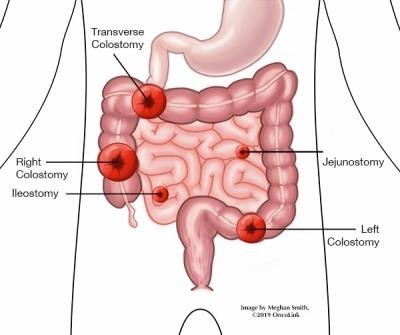A nurse is assisting with a community health education program about childhood communicable diseases.
Which of the following information should the nurse include in the presentation?
Children who have erythema infectious (fifth disease) require short-term antibiotic therapy.
Isolate children who have varicella until the vesicles have formed crusts.
Administration of childhood immunizations will prevent exanthem subitem (roseola infantum).
Restrict fluids for children who have pertussis.
The Correct Answer is B
Isolate children who have varicella until the vesicles have formed crusts.
Isolating children who have varicella, also known as chickenpox, until the vesicles (blisters) have formed crusts is an important infection control measure. Varicella is highly contagious, and the fluid-filled vesicles can easily spread the virus to others. Keeping the child isolated until the vesicles have crusted over helps prevent the spread of the disease.
Children who have erythema infectious, commonly known as fifth disease in (option A) is incorrect because they, do not require short-term antibiotic therapy. Fifth disease is a viral infection caused by parvovirus B19 and is usually a self-limiting condition that resolves on its own without specific treatment.
Administration of childhood immunizations, such as the MMR (measles, mumps, rubella) vaccine in (option C) is incorrect because it, does not prevent exanthem subitem, also known as roseola infantum. Roseola infantum is usually a mild viral illness that primarily affects infants and young children. It is caused by human herpesvirus 6 (HHV-6) or human herpesvirus 7 (HHV-7) and is characterized by high fever followed by a rash.
Restricting fluids for children who have pertussis (whooping cough) in (option D) is not appropriate. In fact, it is important to encourage adequate fluid intake to prevent dehydration, especially in children who may have difficulty eating or drinking due to persistent coughing spells. Pertussis is a bacterial infection, and treatment typically involves antibiotics and supportive care.
Nursing Test Bank
Naxlex Comprehensive Predictor Exams
Related Questions
Correct Answer is B
Explanation
I will notify my doctor if the stoma starts to look purple
The comment by the client indicating an understanding of the teaching is option B: "I will notify my doctor if the stoma starts to look purple."
I will irrigate the colostomy every day in (option A) is incorrect. Colostomy irrigation is not necessary for all clients with an ascending colostomy. It is important to individualize the teaching based on the client's specific needs and healthcare provider's instructions. Routine colostomy irrigation may not be required, and the client should follow the healthcare provider's guidance regarding colostomy care.
I will no longer be able to eat nuts in (option C) is incorrect. There are generally no dietary restrictions for clients with an ascending colostomy, unless otherwise advised by their healthcare provider. It is important to provide accurate information about dietary considerations, which may vary based on individual circumstances and healthcare provider recommendations.
I should expect my stool to be formed in (option D) is incorrect. With an ascending colostomy, the stool is typically liquid or semi-liquid as it comes from the ascending colon, which is higher in the gastrointestinal tract. The stool is not expected to be formed. It is important for the client to have appropriate expectations regarding stool consistency to manage their colostomy effectively.

Correct Answer is A
Explanation
Placing soiled dressings in a biohazard trash receptacle is the appropriate practice for disposing of potentially infectious materials. It helps prevent the spread of microorganisms and ensures proper handling and disposal of contaminated items.
Clostridium difficile is a spore-forming bacterium that is not effectively killed by alcohol-based hand rubs. Hand hygiene for C. difficile requires the use of soap and water to thoroughly wash the hands.
Droplet precautions typically require the use of a surgical mask, not a gown and gloves. A gown and gloves are used for contact precautions.
The recommended bleach solution for blood spills is typically a 1:10 dilution, not 1:20. This concentration helps ensure effective disinfection and decontamination of the area.
Whether you are a student looking to ace your exams or a practicing nurse seeking to enhance your expertise , our nursing education contents will empower you with the confidence and competence to make a difference in the lives of patients and become a respected leader in the healthcare field.
Visit Naxlex, invest in your future and unlock endless possibilities with our unparalleled nursing education contents today
Report Wrong Answer on the Current Question
Do you disagree with the answer? If yes, what is your expected answer? Explain.
Kindly be descriptive with the issue you are facing.
